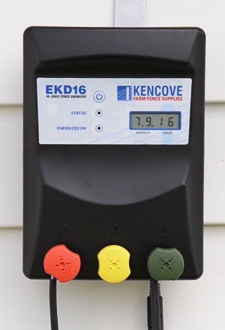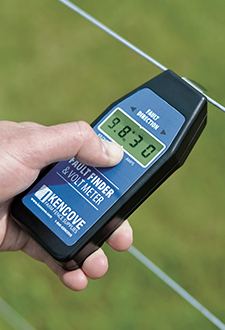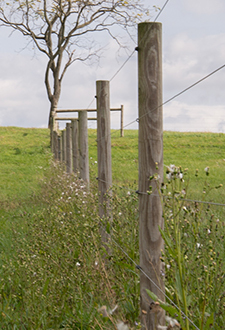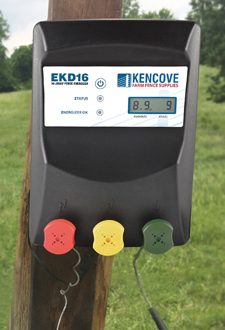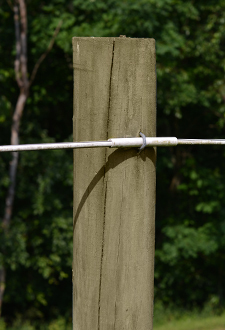BLOG

Winter Grounding
Have you ever experienced soggy, waterlogged winter pasture? If so, you know “pugging” is unavoidable and hay waste increases. During such times, farm roads become slick and pastures rut easily under the weight of machinery. After a few days or weeks of saturated pasture you catch yourself praying for a hard freeze and solid ground. Frozen ground might be the preference for winter pastures but it comes with its own caveat.
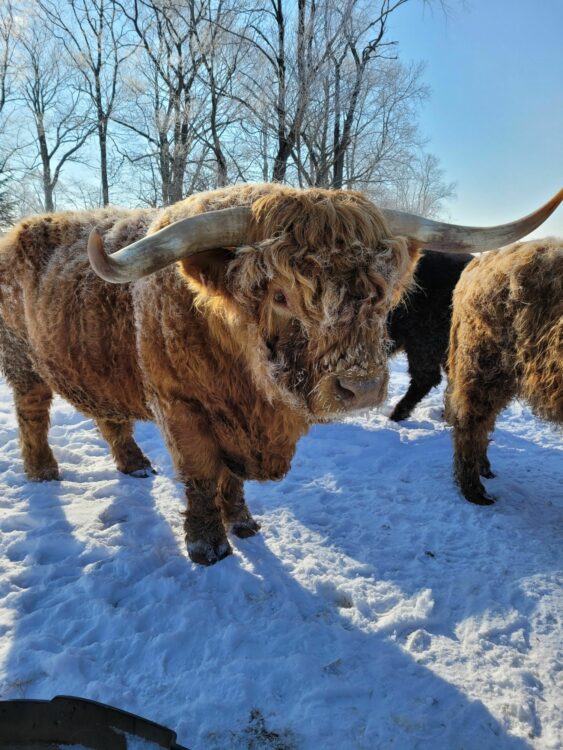
Frozen ground can hinder the performance of an electric fence system due to less effective grounding. Much like dry or sandy landscapes, frozen ground lacks the available moisture to create adequate grounding required for a potent shock. Add a layer of snow to the equation and livestock become even more insulated! Here are a few considerations to help you win the battle against winter grounding.
Location
Location of the ground bed is the first way to ensure adequate grounding year-round but will depend on your context and surroundings. Even before winter, pay attention to your ground bed area. Is that area consistently wet? Is moisture present even in a dry spell? This is where roof run-off can prove beneficial as a ground bed location. The wall of a building creates a barrier and reduces the chances of animals walking on ground rods/wire while rain automatically waters the ground bed.
Aside from buildings, trees can also provide shelter for ground beds. Have you ever noticed pockets of green under pines trees in a snow-covered landscape? Tress (especially evergreens) and shrubs can insulate these areas and minimize the degree of frost penetration. This creates more available moisture for grounding. However, buildings and trees are not always accessible. How else can you ensure adequate grounding?
Posi/Neg
The most effective and beneficial method of winter grounding is to create a “fence earth return” system or what we call “posi/neg.” This method requires a multi-strand fence with one or more “positive” (electrified) wires while the other “negative” wires are linked together and connected directly to the ground bed.
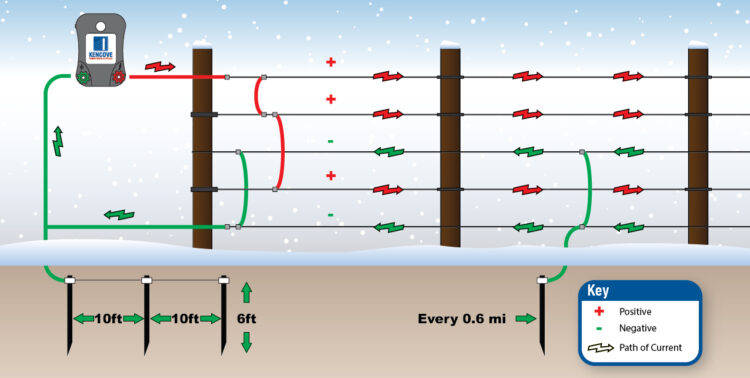
This method uses two sets of ground rods: the traditional ground bed as the primary, and a secondary set of ground rods driven along the fence line approximately every 0.6 miles. These rods are connected in parallel to the non-hot wires on the fence. Doing so reduces induction and improves the effectiveness of the primary ground bed. These wires, now grounded, are connected from the fence line to the main ground bed via stainless-steel, copper, or insulated lead wire.
In a posi/neg setup, when an animal touches BOTH a positive and negative wire at the same time, the circuit is completed and the animal is shocked. The beauty of posi/neg is that the animal itself completes the circuit on the spot, regardless of frozen conditions. The secondary rods amplify grounding in such a manner that completion of the circuit is not dependent on flow from the animal through the ground all the way back to the primary ground bed.
Location and placement of a ground bed can go a long way to create adequate grounding. But if moisture or surroundings are not conducive, a posi/neg system can be created to ensure a reliable completion of the circuit. After all, winter is cold enough, keep your fence hot!



